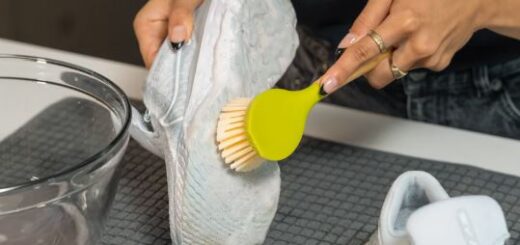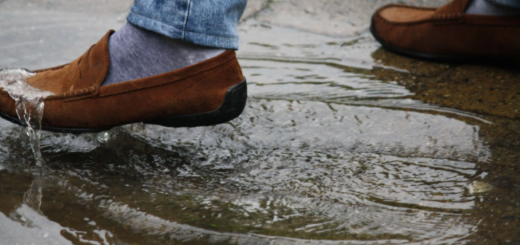Ultimate Guide to Protecting Shoe Soles: Extend the Life of Your Footwear with These Proven Techniques
Shoes are not just fashion statements; they are essential components of our daily wear, providing comfort and protection to our feet. The soles of shoes, in particular, bear the brunt of every step, facing constant friction and exposure to harsh surfaces. Over time, this wear and tear can compromise the integrity of your shoes, reducing their lifespan significantly. Fortunately, there are effective ways to protect shoe soles, ensuring they last longer and retain their appearance. This guide explores various techniques for safeguarding shoe soles, covering practical methods for different shoe types and usage scenarios.

Applying Rubber Sole Protectors
One of the most effective methods to extend the life of your shoe soles is by applying rubber sole protectors. These are thin layers of durable rubber that adhere to the bottom of your shoes, providing an extra layer of protection against rough surfaces. Rubber sole protectors are especially beneficial for leather-soled shoes, which tend to wear out quickly when exposed to hard pavements or uneven ground.
To apply rubber sole protectors, start with a clean shoe sole. Any dirt or debris left on the surface can prevent the adhesive from sticking properly. After cleaning, peel off the backing of the protector and carefully press it onto the sole, smoothing out any air bubbles as you go. For added security, you may use rubber cement to bond the protector to the shoe. Allow it to cure for several hours before wearing the shoes to ensure the best adhesion.
Trimming the edges of the rubber protector may be necessary for a perfect fit. A sharp utility knife works well for this step, allowing you to shape the protector to the exact dimensions of your shoe. Once trimmed, your shoes are ready for use, with added grip and durability.
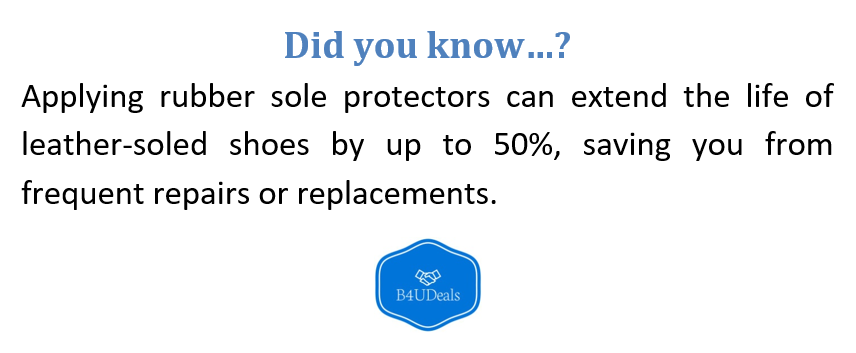
Using Transparent Screen Protectors
An innovative way to protect shoe soles, especially for new shoes, is by using transparent screen protectors. Originally designed for electronics, these adhesive films can serve as a barrier against scuffs and scratches on shoe soles. This method is particularly useful for shoes with decorative soles or those you want to keep pristine.
To apply a screen protector, first, remove any stickers and ensure the sole is clean and dry. Place the shoe on the protector film and trace its outline. Cut the protector to match the shape of the sole, then peel off the backing and apply it carefully. Press firmly to remove any bubbles and ensure smooth contact with the surface.
Screen protectors are ideal for smooth-soled shoes and work best when applied before the shoes are worn outside. For heels, using a screen protector can prevent unsightly scratches and maintain their elegance for longer.
Reinforcing Toes and Heels
The toes and heels of shoes are often the first areas to show signs of wear. To combat this, adding reinforcements like toe taps and heel guards can be highly effective. Toe taps, which are small protective caps made of metal or hard plastic, can be affixed to the front part of the sole. These prevent the material from wearing down as you walk, extending the shoe’s life.
Heel guards function similarly, providing a layer of protection for high-stress areas. They are especially important for heeled shoes, where the narrow base often deteriorates quickly. Applying heel caps not only preserves the structural integrity of the shoe but also prevents potential damage to the heel post, which can be costly to repair.
Both toe taps and heel guards are relatively inexpensive and can be applied at home or by a cobbler for a more professional finish. Regular inspection and timely replacement of these guards can keep your shoes looking new for years.
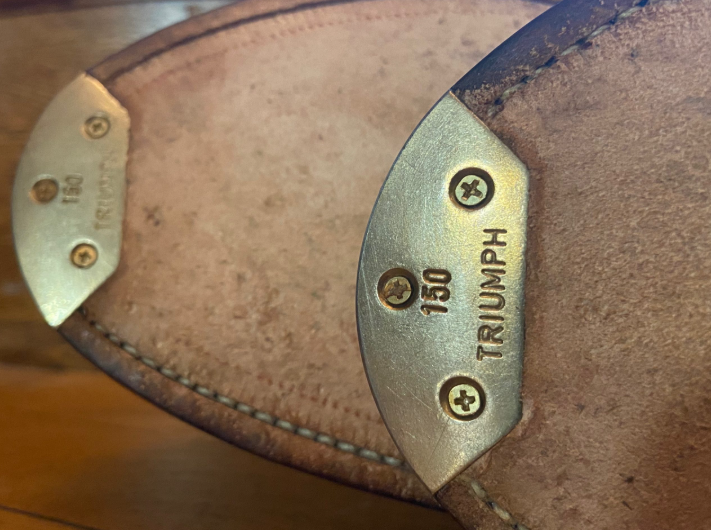
Maintaining Shoes at Home
Proper shoe care extends beyond just adding protectors. How you store and clean your shoes also impacts their longevity. Storing shoes in their original boxes or on shoe racks can prevent unnecessary scuffs and distortion. For leather shoes, using a shoe tree helps maintain their shape and absorb moisture that can lead to cracking.
Routine conditioning of leather shoes is another crucial step. Leather is a natural material that needs regular moisturizing to prevent drying out. Using a quality leather conditioner every few months keeps the material supple and resistant to cracks. Simply clean the surface, apply the conditioner, and buff gently with a soft cloth.
For fabric or synthetic shoes, a waterproof spray can add a protective layer that guards against moisture and stains. Applying the spray before the first wear and reapplying every few months can dramatically increase the shoes’ resilience.
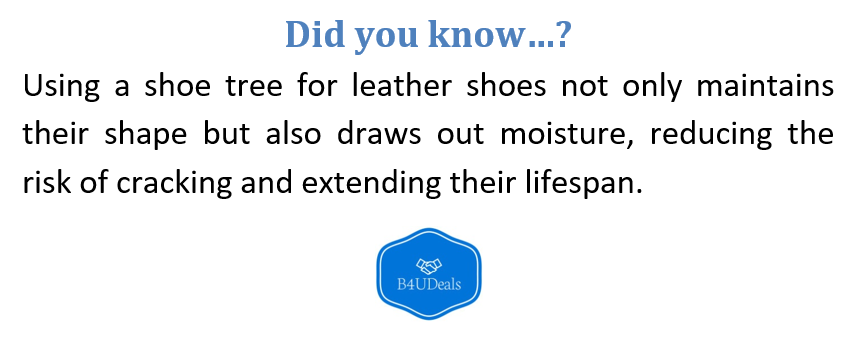
Conclusion
Protecting your shoe soles is a small investment that can significantly extend the life of your footwear. Whether through rubber protectors, screen shields, or toe and heel guards, the right precautions can keep your shoes looking fresh and functional for years. With proper care and maintenance, your favorite pairs can endure the challenges of daily wear while maintaining their stylish appeal.
FAQs
What are the main benefits of protecting shoe soles?
Protecting shoe soles extends the lifespan of your footwear, maintains their appearance, and prevents costly repairs over time.
How do rubber sole protectors work?
Rubber sole protectors act as a barrier between the shoe sole and harsh surfaces, reducing wear and providing extra grip.
Can rubber sole protectors be applied to any shoe?
They work best on leather-soled shoes but can be applied to most types of footwear if the soles are clean and dry.

What is the process for applying a rubber sole protector?
Clean the sole, peel off the adhesive backing, apply firmly, and trim any excess for a perfect fit.
Are screen protectors effective for shoe soles?
Yes, screen protectors are ideal for new shoes with smooth soles, providing scratch resistance and protecting decorative finishes.
How do you apply a screen protector to a shoe sole?
Trace the shoe on the protector film, cut it to size, and apply it to the clean sole, smoothing out any air bubbles.
Why is it important to protect the toes and heels of shoes?
The toes and heels experience the most impact, making them prone to quick wear. Protectors prevent damage and extend durability.
What are toe taps, and why are they useful?
Toe taps are small caps made of metal or plastic placed on shoe tips to prevent wear and prolong the life of the shoe.
How often should heel caps be replaced?
Heel caps should be replaced as soon as they show signs of cracking or wear to avoid further damage.
How does proper shoe storage contribute to sole protection?
Storing shoes in boxes or on racks prevents unnecessary scuffs and helps maintain their structure.
What maintenance is required for leather shoes?
Leather shoes should be conditioned regularly to prevent cracking and maintain their appearance.
Can waterproof sprays help protect shoe soles?
Yes, waterproof sprays add a protective layer that guards against moisture and stains, especially for fabric and synthetic shoes.


